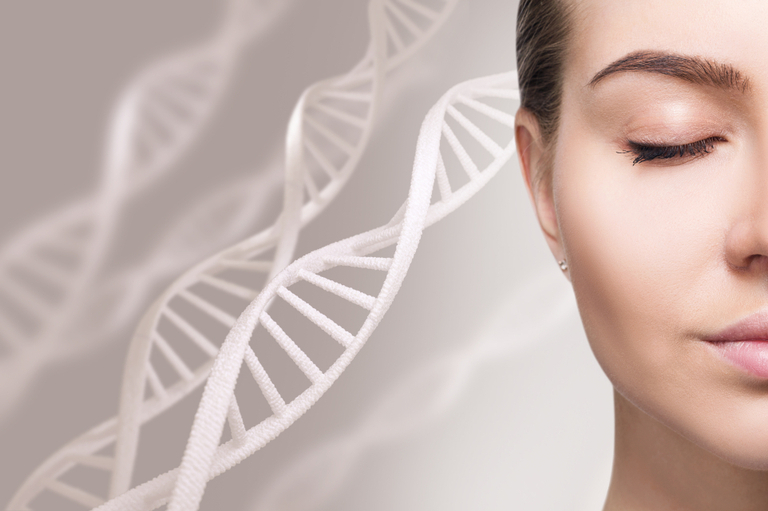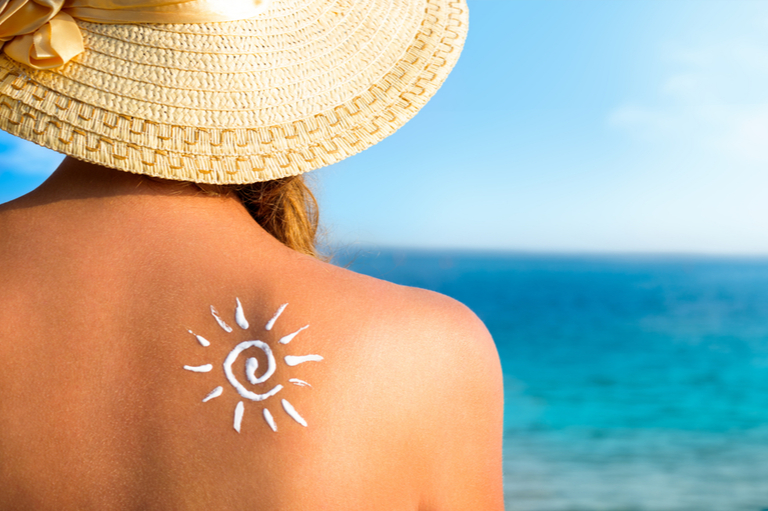Are you sure you want to leave Melissa Goldsmith's MyShop site?
Are you sure you want to leave Melissa Goldsmith's MyShop site?
Are you sure you want to leave Melissa Goldsmith's MyShop site?
Are you sure you want to leave Melissa Goldsmith's MyShop site?

Your skin is amazing. It provides some of your most unique physical attributes and works in many ways to keep your body functioning optimally. Unfortunately, your skin is often the first area of your body to show signs of deterioration. Fine lines, wrinkles, and sagging skin are all hallmarks of the aging process. The good news is that there are ways to slow the effects of aging on your skin. Read on to learn more about skin health and aging and how to keep your skin looking young and vibrant.
Your skin experiences two types of aging—intrinsic and extrinsic. Intrinsic aging is influenced by genetics or hormones, whereas extrinsic aging is caused by environmental factors, such as UV rays from the sun and pollutants.
Intrinsic aging

Intrinsic aging describes the bodily changes that occur over time as a result of genetics—the set of instructions in your genes that your cells use to carry out their many functions. A normal part of the aging process is a gradual decline in skin function, which causes noticeable changes in skin appearance. Research suggests only a few skin aging factors are linked to genetics, which include:1
Skin thickness is impacted by changes to collagen and elastin proteins found in the dermal layer of your skin. These proteins give your skin its structure. As you age, collagen and elastin fibers begin to lose their structure, causing the skin to be less firm and elastic.2 The aging body also produces less collagen and elastin. Research suggests that collagen production decreases by roughly 1% each year between the second and third decade of life.3 These factors contribute to the wrinkles and sagging skin associated with aging.
As you get older, the number of nerve endings in your skin decreases, which reduces your sensitivity to pain, temperature, and pressure. A decline in sex hormone production with age can also affect skin sensitivity.1
Cell regeneration also slows with age, which means your body is slower to shed old cells and generate new ones. The buildup of old, dead skin cells on the surface of your skin can interfere with its barrier function and lead to dry skin.1 Around age 30, less moisture is transferred from the dermis to the epidermis and fat cells, located in the hypodermis. The epidermis cells and fat cells begin to shrink, causing your skin to look dull and thin.2
There isn’t much you can do to stop intrinsic aging, since it’s genetic. However, there are measures you can take to help overcome the natural deterioration process, and there are plenty of ways you can influence extrinsic aging—more on this later!
Extrinsic aging

Extrinsic aging describes the bodily changes that come from exposure to environmental factors. Sunlight is the major culprit of skin aging. Excessive sun exposure increases free radical production in your skin cells, which can lead to oxidative stress, cell damage, and accelerated skin aging.2
Other environmental factors that influence skin aging include smoking, air pollution, and diet. Smoking causes the blood vessels in your skin to shrink, reducing blood flow and the transfer of oxygen and nutrients to your skin. Smoking can also decrease the moisture content of your skin, causing skin dryness, and interfere with vitamin levels that are important for neutralizing harmful free radicals.2
Research suggests pollutants may induce oxidative stress by lowering levels of antioxidants in your skin.4 Additionally, living in a polluted area may reduce skin moisture. In regard to diet, excessive consumption of fat, processed foods, and alcohol has been shown to negatively impact skin function and many scientists believe these factors accelerate the skin aging process.5

The intrinsic aging process occurs naturally and is difficult to change, but it is possible to delay extrinsic aging by minimizing your exposure to certain environmental factors. Here are five ways to slow the effects of aging on your skin:
There are several other lifestyle choices you can make to keep your skin looking young and vibrant, which include:
Skin aging is a complex process caused by intrinsic and extrinsic factors. The combined effects of genetically programmed mechanisms and environmental factors lead to a decline in skin function and changes to your skin’s appearance over time. Fortunately, research suggests there are many ways to protect against accelerated skin aging. By applying the strategies discussed above, you can keep your skin looking young and vibrant for years to come.
References** 1. https://www.mdpi.com/2218-273X/5/2/545/htm 2. https://www.rejuvaustralia.com.au/blog/collagen-production-decrease/ 3. https://parjournal.net/article/view/3863 4. https://www.ncbi.nlm.nih.gov/pmc/articles/PMC6766865/ 5. https://www.ncbi.nlm.nih.gov/pmc/articles/PMC7146365/ 6. https://www.aad.org/public/everyday-care/skin-care-secrets/anti-aging/reduce-premature-aging-skin
You are trying to view a MyShop page. Please log out in order to view this website.